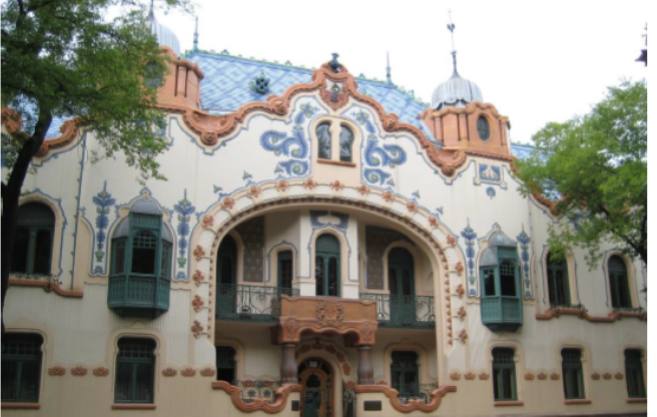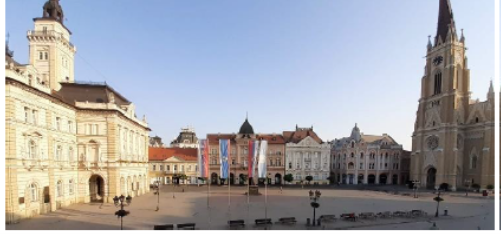|
In our "On the edges of the Danube Monarchy" travel series, we will be in Serbia in 2022 and Slavonia in eastern Croatia.
We will start in Subotica, which boasts some of the most beautiful buildings of the Hungarian Art Nouveau and (fortunately for us) has not yet been discovered by tourists. There, we meet parish priest Csaba Paskó, Caritas president, cathedral director and TV chef, and are immediately introduced to the region's culinary delights. This historic region, Batschka, is today divided between Hungary and Serbia. In 1699, the Batschka came under the Habsburgs, who carried out intensive colonisation of this border region by German-speaking settlers, mainly Danube Swabians. But also Hungarians, Serbs and Croats inhabited this lowland. Then we travel to nearby Novi Sad, the capital of Vojvodina, where we can see the mighty fortress of Peterwardein. Novi Sad will be the European Capital of Culture in 2022 and also has much to offer. There will be plenty of time for sightseeing and meetings. From here, we'll take two excursions: one to the hilly landscape of Fruska Gora with its Serbian Orthodox monasteries, and the other to the capital Belgrade, stunningly situated at the confluence of the Danube and Sava rivers.
Finally, we make a detour to the other side of the Danube, Croatia, to visit Vukovar, which gained notoriety during the 1991 Croatian-Serbian war, and Ilok, Croatia's easternmost town, with its fortress and Franciscan monastery perched high above the Danube. The Kopački rit Nature Park near Osijek, at the mouth of the Danube, is explored by boat.
On this trip, we pay the utmost attention to social and ecological sustainability. Transport is by a climate-friendly, modern bus. We work with local, mostly small, businesses so that people in the area can benefit from our trips. As always, the programme includes meetings with interesting people, giving a deep and authentic insight into the country's history and current situation.
|






